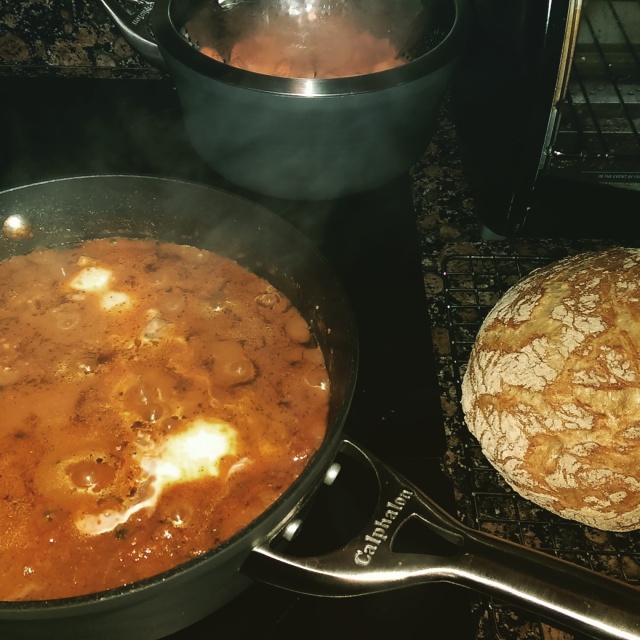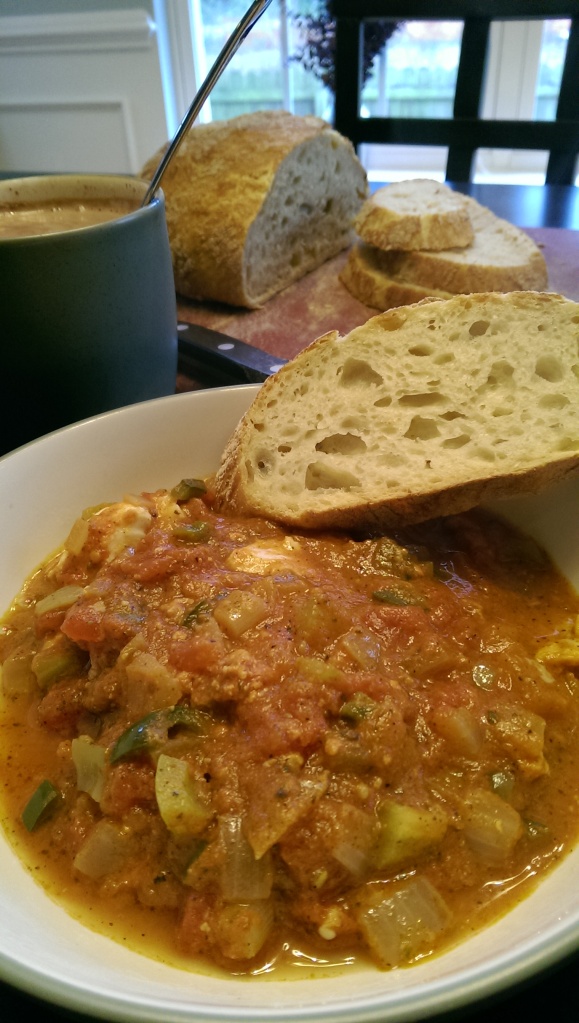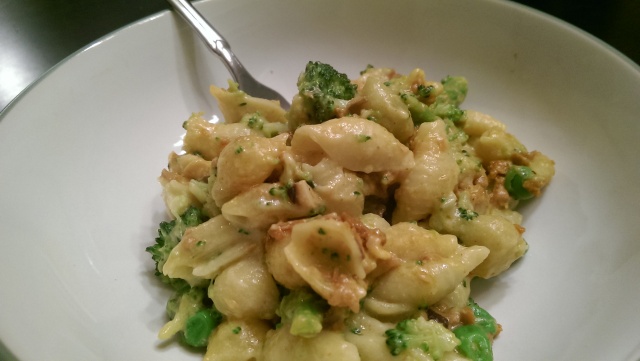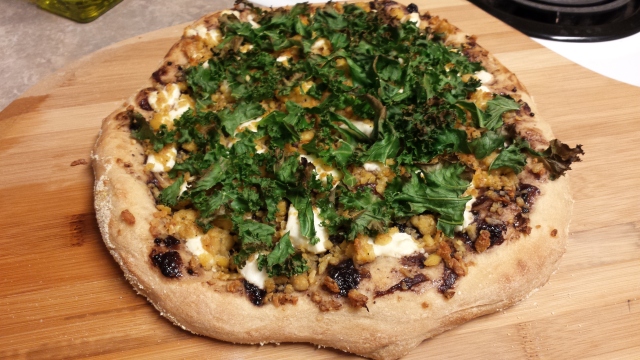I’ve shifted most of my food postings to my Instagram account but like the old soul that I am, every once in a while inspiration strikes to just write. Recently, the topic of tofu and vegetarianism came up on a social media group that I’m a part of and I realized that in the 14 months since my last posting, we discovered a new tofu preparation and failed to share it!
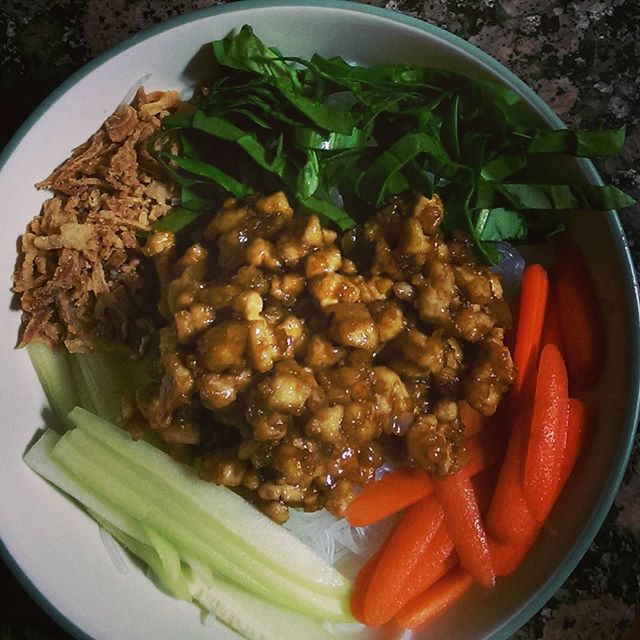
There is really only 1 rule with tofu and that is that you have GOT to press out the water that it comes packed in! If you’re buying a pre-pressed, pre-marinated shrink wrapped package (like the TofuBaked brand) this doesn’t apply – they pressed it in the factory before they added the flavoring. If you’re doing that anyway you don’t need to know the rest of these tofu-pearls-of-wisdom (but I invite you to keep reading and see if I can convince you to DIY next time!) But any tofu purchased in a plastic cube that comes in liquid, you’ve GOT to get rid of that water. Why? Because in the months since it was packaged, your little tofu cube has been absorbing the water it’s packed in and that means there’s no room (literally) for it to absorb FLAVOR!
Even if you’re only going to eat tofu a few times a month, I strongly suggest that you invest in a press — I like this one. It’s much cleaner and easier than the suggestions online for pressing without. If you don’t want to invest just yet, here’s how to start:
- Open your tofu package and drain the water.
- Wrap the block in paper towels or a clean tea towel, then sandwich it between 2 cutting boards.
- Load a few cans of beans/veggies/anything heavy on top of the upper cutting board and let sit for a few hours.
- The tofu will leech out all the water it was packed in – the block will shrink a bit but that’s ok because it was just filled with tasteless water!
- Undo your pressing station setup, cube or slice the tofu and use in a recipe.
Once you’ve got your pressed tofu, it’s quite literally a blank canvas. Tofu absorbs any flavor you add to it VERY well. We use it mostly like chicken/pork — it works in pretty much any cultural preparation (Asian, Mexican, or Indian!) I tend to press tofu overnight and then in the morning, drop into a plastic bag full of marinade to let it sit while I’m working, then take out before dinner to cook….just like you would with any meat!
For this particular preparation style, you DON’T want to marinate the tofu. Just use your hands to crumble pressed tofu into a medium bowl (will kinda look like scrambled eggs) and toss with a spoonful of cornstarch to coat. Heat oil in a large skillet on high heat, then add the tofu and cook until it’s browned and crispy, breaking up with a wooden spoon as you cook to keep pieces evenly sized. It should resemble cooked ground meat by the time it’s done. Transfer tofu to a plate. If desired, saute veggies/garlic/onions based on your dish until soft, then add tofu back in. Pour in liquid (anything works here, start with vegetable broth or soy sauce for the most part) — about a cup of liquid per block of tofu. Cook about 5-8 minutes until most of liquid is gone and tofu is ‘glazed’.
Some applications for this are:
- Asian stirfries. Saute onions/garlic with bell pepper, edamame, broccoli, carrots, peas, or bok choy. Use soy sauce, rice wine vinegar, sesame oil, grated ginger, and fish sauce (if using) to make your liquid
- Mexican filling (tacos, quesadillas, nachos, etc). Saute onions/garlic with bell peppers, black beans, spicy peppers, or corn. Sauce would be mostly vegetable broth with some cumin, chili powder, garlic powder, and onion powder.
- Sloppy Joes. Onions and bell pepper are all you need – use vegetable broth, ketchup, BBQ sauce of choice, liquid smoke, and paprika/cayenne/chili powder to taste.
Of course, you can always follow a recipe for baking, frying, steaming, grilling, or searing tofu….but this is so much fun to adapt as desired!




